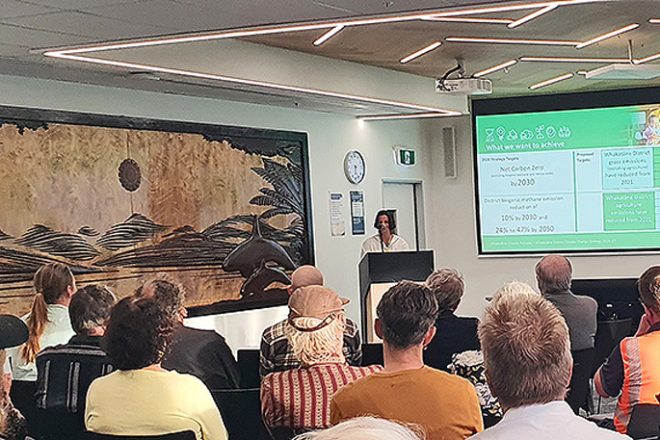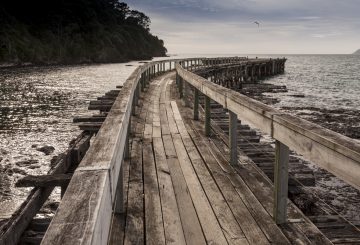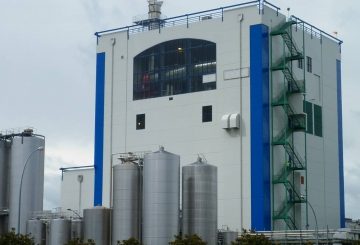위기가 가정, 직업, 심지어 삶에 지속적으로 영향을 미치고 있는 가운데, 화카타네 지역사회는 기후변화 전략에 대한 의견을 공유하도록 장려하고 있다.서스테이너블 베이 오브 플렌티 (Bay of Plenty) 사무국장인 글렌 크로더 (Glen Crowther) 는 최근 열린 행사에서 화카타네 지구 협의회의 기후 변화 전략 초안을 높이 평가했다.그는 이 문제에 대해 지역사회와 소통하기 위한 그들의 적극적인 노력을 칭찬하면서 그들의 접근 방식을 다른 평의회와 호의적으로 비교했다.
위원회의 전략은 총 온실가스 배출량을 2027년까지 7%, 2030년까지 12%, 2040년까지 29%, 2050년까지 39% 줄이는 것을 목표로 합니다.또한 지역사회가 가정, 학교, 작업장에서 에너지를 바꾸도록 돕는 목표도 세웁니다.빅토르 루카 와카타네 시장은 기후 변화에 대한 깊은 우려를 표명하며 이는 모두의 책임이라고 강조했다.
위원회의 기후 변화 프로젝트 매니저인 캐시 볼 (Cashy Ball) 은 기후 변화가 미래의 문제가 아니라 현재의 문제라고 강조했다.그녀는 사이클론 가브리엘 (Cyclone Gabrielle) 을 예로 들었는데, 이로 인해 국가 GDP의 2% 이상이 소요될 수 있으며, 잠재적으로 기후 변화 위기 해결에 필요한 비용보다 더 많을 수 있다고 추정했습니다.
2020년에 처음 작성된 이 위원회의 전략 초안은 정치적 변화, 기술 발전, 사회적 변화로 인해 검토 중입니다.위원회는 지금까지 226건의 조치를 확인했으며 이에 대한 대중의 의견을 구하고 있습니다.현재의 장기 계획 초안에 이러한 모든 조치가 자금을 지원하는 것은 아닙니다.커뮤니티는 4월 12일까지 피드백을 제출해 주시기 바랍니다.






























































